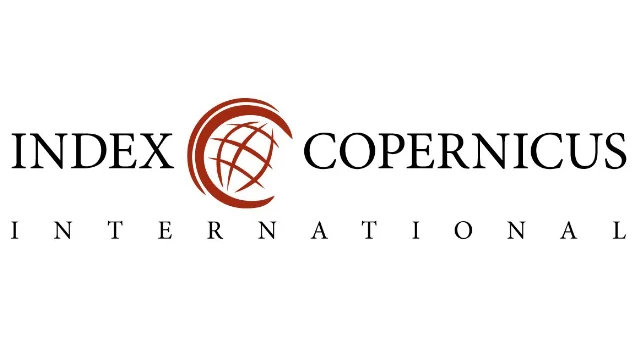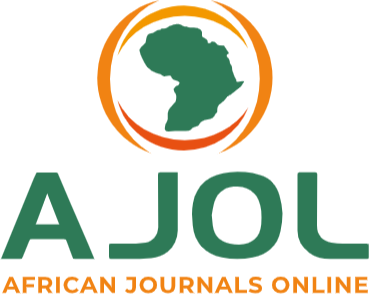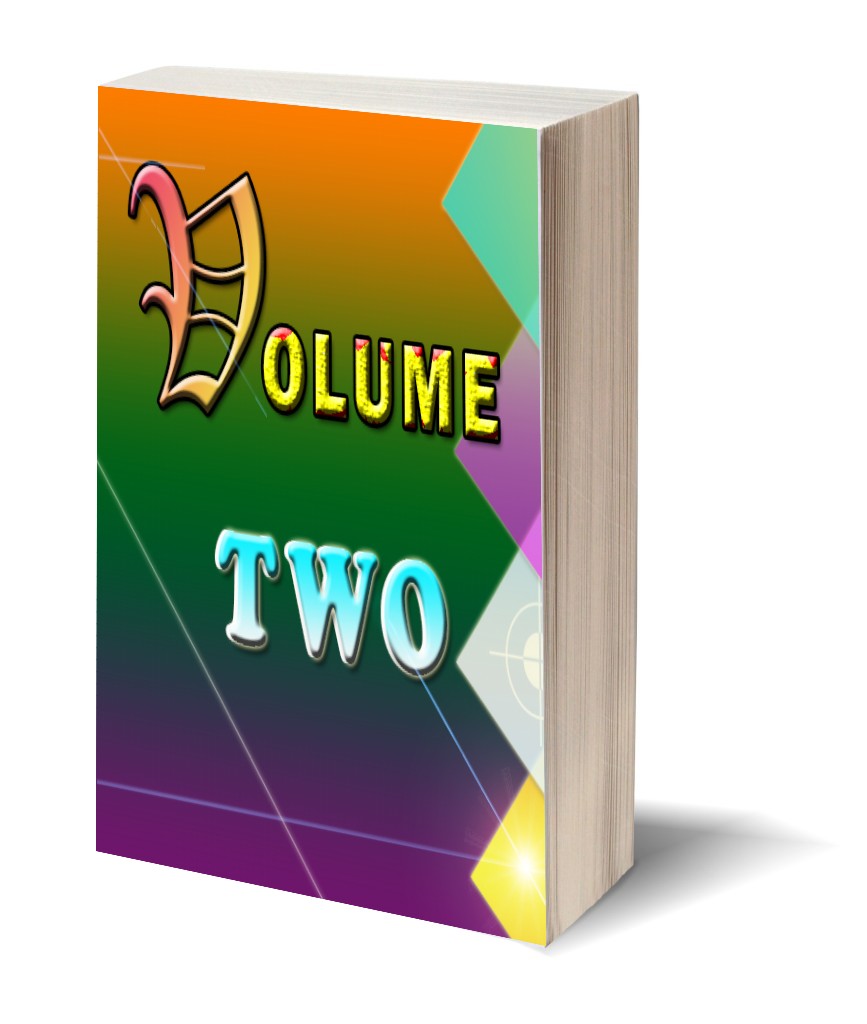Estimation of aquifer properties using electrical resistivity data in parts of Nsukka L.G.A., Enugu State
Keywords:
Aquifer, hydraulic conductivity, porosity, transmissivity, VESAbstract
The study was carried out to investigate the variation of hydrodynamic parameters in parts of Nsukka Local Government Area, Enugu State, via vertical electrical sounding (VES) technique employing Schlumberger electrode configuration. The results from measured parameters were used in estimating other parameters such as hydraulic conductivity, transmissivity, porosity, formation factor and tortuosity. The third layer was delineated as aquiferous layer, with relative thickness compared to the overlying layers. The range of results obtained shows a high variation of these parameters, hydraulic conductivity ranges from 0.0989 to 0.5079m/day with an average of 0.3025m/day. Transmissivity has range between 6.5779 and 57.9546m2 /day, with the average value of 18.7491m2 /day; porosity ranged from 27.6863 to 29.3226%, and its average is 28.6524%. Formation factor and tortuosity range from 0.00043 to 0.00049 and 0.1129 to 0.1167 respectively. Their variation was clearly displayed on the contour maps, and this was attributed to changes in properties of subsurface, such as grain sizes, pore shapes and sizes. The result of this study will be a useful guide in exploration and abstraction of groundwater repositories in the study area.
Downloads
Published
Issue
Section
Similar Articles
- Jamike Danny Mmeka, Godwill Uwadinachi Chukwu, Chukwunenyoke Amos-Uhegbu, Paul Igienekpeme Aigba, Chukwudike Dandy Akoma, Geophysical Investigation of Subsurface Characteristics in Parts of Niger Delta Basin and its Geo-technical Implications: A Case Study of Amuzi-Obowo Area of Imo State, Southern Nigeria. , Communication In Physical Sciences: Vol. 11 No. 1 (2024): VOLUME 11 ISSUE 1
- Electrical Conductivity Profile of upper mantle in the West African Sub region , Communication In Physical Sciences: Vol. 1 No. 1 (2010): VOLUME 1 ISSUE 1
- Juliet E. Emudianughe, P. M. Eze, Sunday Utah, Porosity And Permeability Trend In Agbami-Field Using Well Log, Offshore, Niger Delta , Communication In Physical Sciences: Vol. 7 No. 4 (2021): VOLUME 7 ISSUE 4
- Imaobong T. Adenugba, Nkeneke E. Akpainyang , Emem I. Ntekpere, Eteyen A. Uko, Agnes M. Jones, Incidence of Tinea pedis and Eczema among Male and Female Students: Effect of Hydraulic Oil and Antifungal Creams , Communication In Physical Sciences: Vol. 6 No. 1 (2020): VOLUME 6 ISSUE 1
- Yakubu Azeh, Monday Musah, John Tsado Mathew, Ameh Ohiga Alfa Ebune, Fatima Ibrahim, Umar Musa Tanko, Muhammad Umar Badeggi, Aliyu Ahmed Ibrahim, Abdulkarim Mohammed Awwal, Aishetu Ibrahim Muhammad, Karima Tani Muhammad, Ismail Haruna, Nasiru Ibrahim, Preparation of Conductive Antibacterial Film of Organoclay Origin , Communication In Physical Sciences: Vol. 12 No. 1 (2024): VOLUME 12 ISSUE 1
- Ajogwu Cordelia Odinaka, Aaron Auduson, Tope Alege, Yusuf Odunsanwo, Formation Evaluation Using Integrated Petrophysical Data Analysis of Maboro Field Niger Delta Sedimentary Basin, Nigeria , Communication In Physical Sciences: Vol. 11 No. 3 (2024): VOLUME 11 ISSUE 3
- Daniel Chukwunonso Chukwudi, Michael Oladunjoye, Geophysical Exploration of Coastal Saline Water Intrusion: A Study of Ikoyi and Banana Island, Lagos State , Communication In Physical Sciences: Vol. 9 No. 4 (2023): VOLUME 9 ISSUE 4
- Ernest Orji Akudo, Kizito Ojochenemi Musa, Geophysical and Geotechnical Investigations of Failed Sections of Road Pavements in Parts of Northcentral Nigeria , Communication In Physical Sciences: Vol. 9 No. 3 (2023): VOLUME 9 ISSUE 3
- Fabian James Umoren, Mfon Clement Utin, Resource Recovery from Maize Wastes; Synthesis and Characterization of Silicon Oxide Nanoparticles , Communication In Physical Sciences: Vol. 11 No. 3 (2024): VOLUME 11 ISSUE 3
- Ifeanyi E. Otuokere, K. K. Igwe, Chelating and Antibacterial Potentials of Benzylpenicillin and its Ni(II) Complex , Communication In Physical Sciences: Vol. 8 No. 2 (2022): VOLUME 8 ISSUE 2
You may also start an advanced similarity search for this article.




